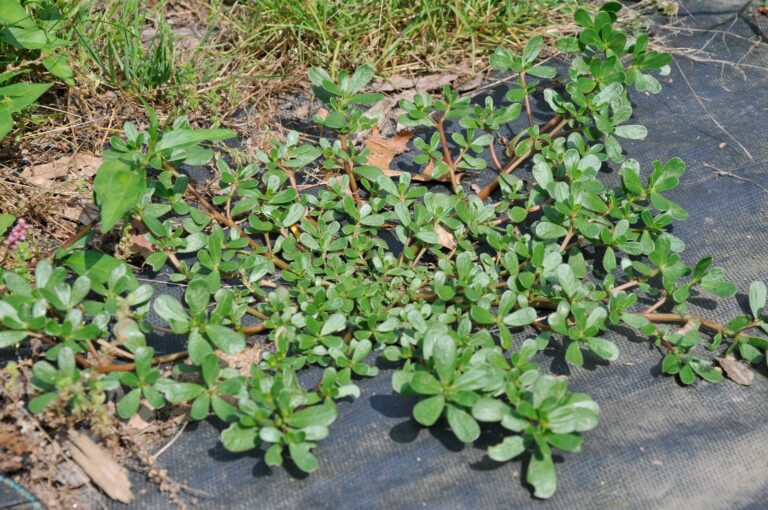Purslane is that little green plant you’ve probably seen growing between sidewalk cracks or creeping through your garden. Most people pull it out and toss it without a second thought. But here’s the surprise: this so-called weed is one of the most nutrient-packed greens in nature—and it’s totally edible.
Long used in traditional medicine and global cuisines, purslane (Portulaca oleracea) is finally getting the credit it deserves. It’s rich in essential nutrients, easy to find, and incredibly versatile in the kitchen.
What makes purslane so powerful?
Purslane isn’t just another leafy green. It’s actually a nutritional powerhouse. A few highlights:
-
More omega-3 fatty acids than any other leafy vegetable
-
High in vitamins A, C, and E
-
Loaded with magnesium, calcium, potassium, and iron
-
Contains powerful antioxidants like glutathione and betalain
-
Naturally low in calories
It’s like spinach—but wilder, hardier, and in some ways, even better for you.
Top health benefits of eating purslane
-
Supports heart health
Thanks to its impressive omega-3 content, purslane helps lower inflammation and supports healthy cholesterol levels. That’s good news for your heart and your circulation. -
Strengthens the immune system
The vitamins and antioxidants in purslane give your immune system a serious boost and help your body fight off illness. -
Fights inflammation
Chronic inflammation is at the root of many diseases. Purslane contains anti-inflammatory compounds that may ease joint pain and help manage conditions like arthritis. -
Boosts gut health
With its fiber and mucilage content, purslane supports smooth digestion and soothes the gut lining, reducing discomfort and bloating. -
May support blood sugar balance
Some early studies suggest purslane may help lower blood glucose levels and improve insulin sensitivity—especially helpful for people with type 2 diabetes. -
Protects vision
Rich in vitamin A and beta-carotene, purslane helps maintain healthy eyes and may reduce the risk of age-related vision problems.
How to use purslane in your meals
This green is as versatile as it is nutritious. You can:
-
Add it fresh to salads for a lemony crunch
-
Toss into soups or stews as a green veggie
-
Blend into smoothies for extra nutrients
-
Sauté with garlic for a simple side
-
Add to scrambled eggs, wraps, or sandwiches
The younger leaves are tender and mild, while older leaves are best cooked.
A quick heads-up
Purslane is high in oxalates, which can contribute to kidney stones if eaten in very large amounts. If that’s a concern, lightly cooking it can reduce the oxalate content.
Purslane is one of the most overlooked superfoods growing all around us. It’s hardy, nutrient-dense, and delicious once you know what to do with it. So next time you spot it in the garden or at the farmers market, don’t pass it by. Eat it—and let your body thank you for it.
